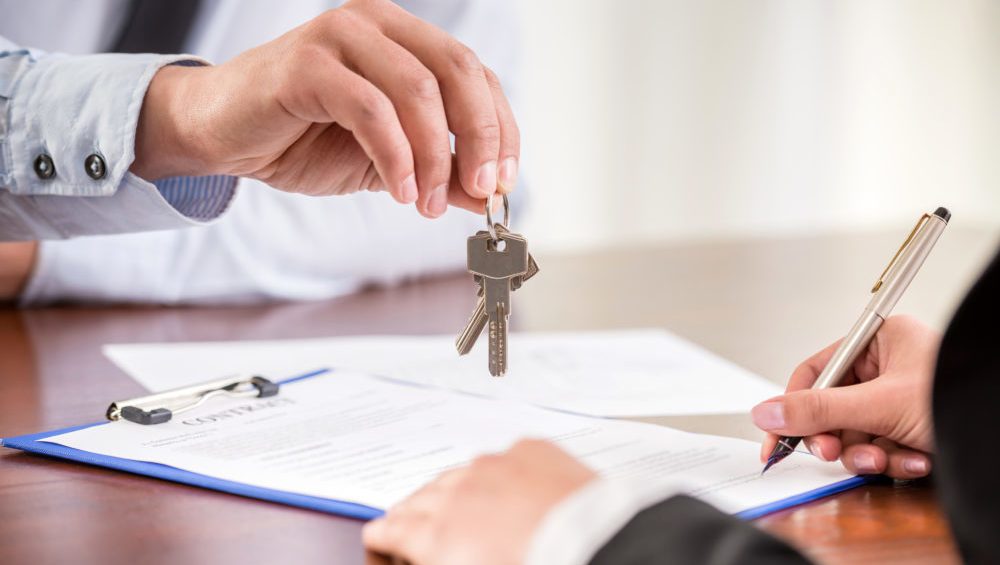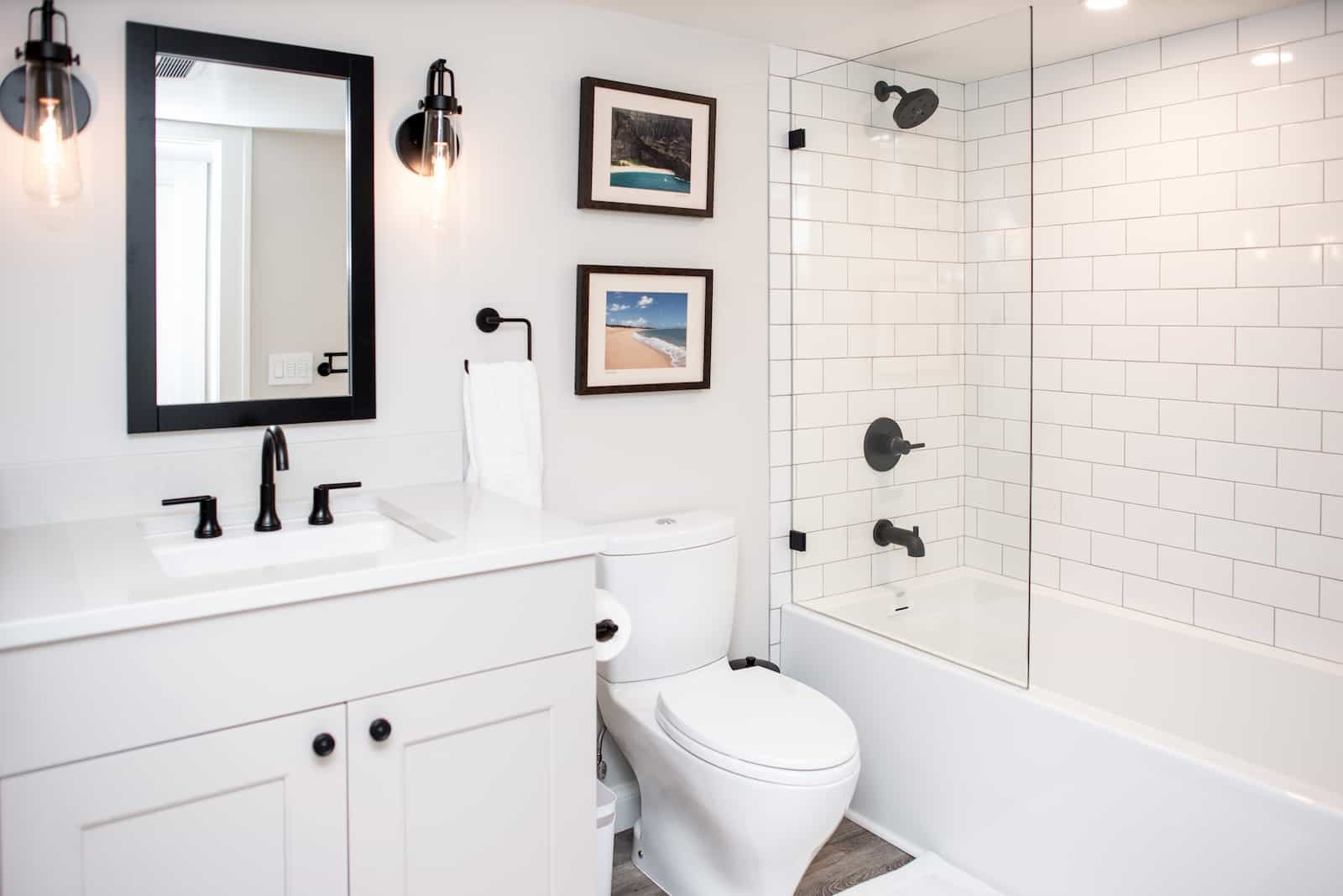
You negotiated a fair purchase price, closed escrow, and now you’ve moved into your new home, but there are some things that are not quite how you want them. In fact, according to IKEA’s 2018 Life at Home Report, 39% of Americans do not feel a sense of belonging in their residence. This statistic might seem jarring, since our homes are supposed to be where we feel most comfortable. But if you feel the same way, you deserve to feel comfortable, safe, and in your element in your own home. Fortunately, you can achieve that goal if you are ready to put in the work.
Whether you’ve purchased a home that’s never been lived in before or has had several occupants, there are always going to be at least a few things that you will want to do to make it feel like your own. From simple adjustments you can do yourself like painting, to major renovations you will need a contractor for like replacing kitchen cabinetry, there are plenty of ways you can personalize your space and create that at-home feeling you have been missing.
Renovate Key Spaces
Renovating certain areas of the home can give the place a major facelift, by fully customizing the different aspects to your lifestyle. Whether you need to make more room by changing the layout of one or more rooms or you have eco-conscious renovations on your mind (low-flow fixtures, improved insulation, etc.), these changes can have a big impact on the household.
According to a 2018 report by Houzz, the kitchen and bathrooms are still the top two most popular home renovations (and the most expensive). Other popular renovations include:
- Creating a more open floor plan by adapting living room spaces
- Upgrading the master bedroom to make more space for furniture
- Expanding closet space to create a walk-in closet with ample storage
Keep in mind that contractors and their teams spend a lot of time in your home so you do not want to make this decision lightly. In addition to reading reviews, you should run background checks on all renovators. That way, you can ensure that you know who’s coming into your home. When choosing a background check service, just make sure you find a reputable company like ShareAble for Hires.
Focus on the Master Bedroom
Your bedroom should be an escape from the demands of daily life, whether that applies to soaking in the tub after a long day, curling up on your chaise lounge to read on weekend mornings, or drifting off into a peaceful sleep that’s free of interruptions. However, if you have just moved in, there are likely some changes you will want to make to your new bedroom.
Some of the ways you can adapt the master bedroom include:
- Changing out the window coverings: For some, sunlight creeping in in the early morning hours is preferred, while others prefer to keep it cool and dark. Changing your window coverings from wood blinds to high-quality blackout screens or vice versa can help you adjust to your preference.
- Adding ceiling fans: If you want to keep your bedroom cool without constantly running the air conditioning, ceiling fans in the bedroom are a good investment.
- Swap the lighting: Overly bright lighting in the bedroom can interfere with the coziness and relaxation that you are probably seeking for this space. You might need brighter lighting in the closet, but near your bed or lounge area it should be more subtle. An easy fix is switching out the bulbs.
For many new homeowners, it takes some time to get comfortable. If you are having trouble adjusting to your new environment, try taking saffron for sleep. Over time, you will adapt to your room and it will feel like home, but in the meantime, this supplement by Objective Wellness can help you get the rest you need to do work around the house and attend to all of your other daily demands.
Apply a Fresh Coat of Paint
Color plays a significant role in the tone of your decor and the overall mood of each room—which is why many new homeowners make painting one of the first items on their to-do list after moving in. A fresh coat of paint, either to the interior or exterior of your home, can make your home look and feel like new.
Whether the current colors are too dark for your taste, or you want to use some modern paint colors to liven up the space, the good news is that repainting your walls is a fairly affordable upgrade that you can do yourself, it just requires patience and time.
Add Personalization
Even if you buy a new-construction house that you have been thoroughly involved in planning, that is simply the shell of your home—there is still the interior to deal with. Being surrounded by blank walls can make your new home feel empty and sterile. Once the walls are painted to your liking, start hanging photos, art, and other elements of personalization that will make the house feel more like home.
In addition to what’s hanging on your walls, there are other personalized aspects that will help you feel more comfortable in your space. Blankets and throw pillows help bring a homey feel to the living room and bedrooms, while decorative towels, flowers, candles, and other aesthetic touches can breathe life into your house.
If you have not purchased your furniture yet, think of the style that best suits your personality and lifestyle. If you have a big family or frequently host gatherings, plentiful comfortable seating and a welcoming ambiance will be key. However, if you like your home to feel clean, organized, and picturesque, a minimalistic approach to decor will be key to enjoying your new space.
Final Thoughts for New Homeowners
It can be easy to get caught up in the excitement of seeing your home come together, it is important to take a strategic approach to customizing and renovating. Consider the costs of the different projects you are taking on, without careful budgeting, you run the risk of overspending. In order to make sure you are able to make all the changes you want, without putting yourself in a less-than-ideal financial situation, make a list of your priorities and work your way through the.
Of course, there will be certain projects that should be done before you get settled, or you will have to make a lot of extra effort later, but many of these tasks can be done over time. It is understandable that you want everything to be perfect, but focus on the projects at hand, and soon you will be living in the home of your dreams.

 See Our National Coverage Map
See Our National Coverage Map




